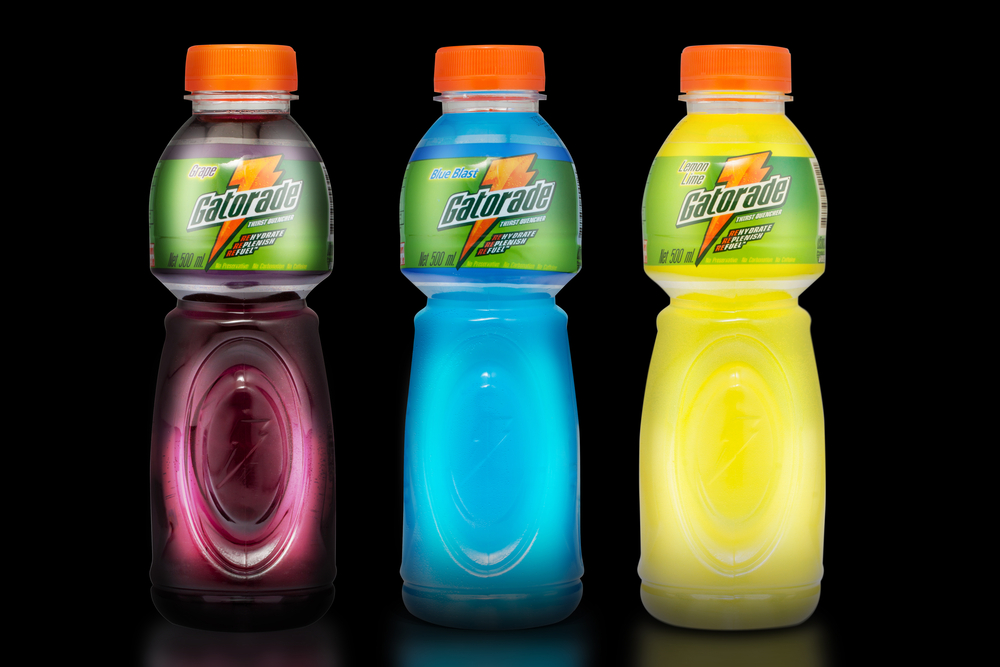Blog
Sports drinks versus fizzy drinks

What is healthier – a sports drink or a fizzy drink? New research has shown that more and more Brits are grabbing for sports drinks over fizzy drinks in the belief that the former is better for them.
Research author Dr Corinna Hawkes, of the Centre for Food Policy at City University London has been quoted in a recent article as saying:
“You have a situation where there is rising awareness that drinking fizzy drinks is not a great idea, and the drinks industry is thinking, ‘How will we maintain our market share?’… They switch focus, they switch from fizzy drinks to energy and sports drinks because they are seen as more healthy…These products are pitched very differently from the other kinds of products – but there is still plenty of sugar in them.”
Here are some points from the article:
- Consumption of sports and energy drinks soared from 8ml per person per day in 2000 to 28ml in 2014.
- Repeated warnings about the dangers of sugar resulted in dipping sales of carbonated soft drinks but some energy, sports drinks contain more sugar than fizzy beverages.
- At the same time sales of energy and sports drinks – many of which are marketed in connection with exercise and health – are creeping up.
- A 500ml bottle of Lucozade Sport contains 18g of sugar and 250ml of Red Bull has 11g compared to 17g of sugar in a 500ml bottle of fizzy Fanta Orange.
- Doctors warn that children and teenagers are risking severe damage to their health by consuming high volumes of these sugar-packed products.
- According to a study published in the Lancet Diabetes and Endocrinology medical journal, consumption of sports and energy drinks in the UK soared from 8ml per person per day in 2000 to 28ml in 2014 – a 3.5-fold increase.
- Although this is not much when taken as a population average, the researchers warn that most of this consumption is concentrated among youngsters, some of whom drink several cans a day.
- Consumption of fizzy drinks in Britain increased slightly from 144ml per person per day in 2000 to 156ml in 2005, but has since dropped back down to 146ml.
Follow the link to read the full article.











